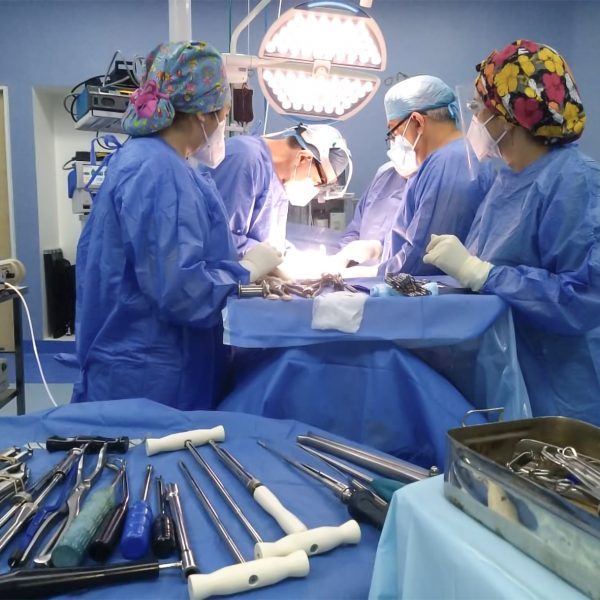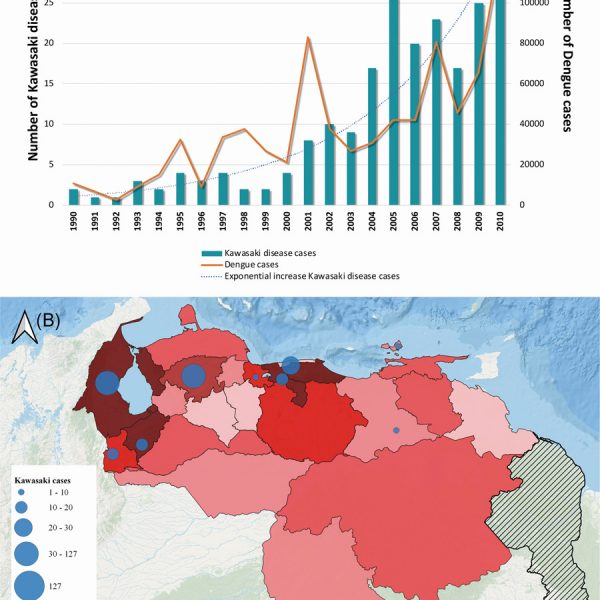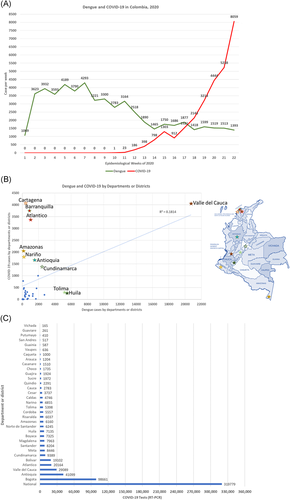
Director Académico del IDB Lidera Investigación En Nueva York Para Hacer Pruebas PCR Covid19 Con Muestras De Saliva

Clínica IDB Cabudare inicia servicio especializado en cirugía de columna

Bats in Ecosystems and their Wide Spectrum of Viral Infectious Threats: SARS-CoV-2 and other emerging viruses
Bats have populated earth for approximately 52 million years, serving as natural reservoirs for a variety of viruses through the course of evolution. Transmission of highly pathogenic viruses from bats has been suspected and linked to a spectrum of emerging infectious diseases in humans and animals worldwide. Examples of such viruses include Marburg, Ebola, Nipah, Hendra, Influenza A, Dengue, Equine Encephalitis viruses, Lyssaviruses, Madariaga and Coronaviruses, involving the now pandemic Severe acute respiratory syndrome coronavirus 2 (SARS-CoV-2). Herein, we provide a comprehensive review on the diversity, reservoirs, and geographical distribution of the main bat viruses and their potential for cross-species transmission.

Kawasaki disease seasonality in Venezuela supports an arbovirus infection trigger.
Kawasaki disease (KD) is an inflammatory disease primarily affecting infants and young children, whose etiology remains uncertain. Observational studies of the overlap between KD outbreaks and seasonal peaks of arboviral infections, suggest the possible role of these pathogens as triggers of KD. In Venezuela, regions with the highest reported arboviral infections simultaneously have the highest incidence of KD. One proposed explanation for this association involves the role of proinflammatory mediators, interleukin‐1 (IL‐1), IL‐6, tumor necrosis factor, and vascular endothelial growth factor as mediators of coronary endothelial damage. The promotion of inflammation and tissue destruction by these cytokines is thought to contribute to the coronary endothelial damage experienced in KD. The utilization of overlapping KD and arboviral infection trends contribute to the comprehension of KD etiology, with improvements in diagnosis, prognosis and treatment.

Dengue and COVID-19, overlapping epidemicsAn Analysis ? from Colombia.
Coronavirus disease 2019 (COVID‐19), caused by severe acute respiratory syndrome coronavirus 2 (SARS‐CoV‐2), has rapidly spread throughout Latin America, a region swept by multiple previous and ongoing epidemics. There are significant concerns that the arrival of COVID‐19 is currently overlapping with other viruses, particularly dengue, in various endo‐epidemic regions across South America. In this report, we analyzed trends for both viral infections in Colombia during the first 20 epidemiological weeks (EWs) of 2020. From 1st January to 16th May 2020 (EWs, 1‐20), a total of 52 679 cases of dengue and 14 943 cases of COVID‐19 have been confirmed in Colombia. As both conditions may potentially lead to fatal outcomes, especially in patients with chronic co‐morbidities, overlapping infections, and co‐occurrence may increase the number of patients requiring intensive care and mechanical ventilation. In regions, such as Valle del Cauca, intensified preparation for such scenarios should be pondered, and further studies should be performed to address this critical issue in a timely matter.
